Edison LED Lighting
Projects
7 Essential Benefits of Using Led Track Light in Modern Interior Design
In recent years, the shift towards energy-efficient lighting solutions has transformed modern interior design, with LED Track Lights emerging as a pivotal element in this evolution. According to a report by the International Energy Agency, lighting accounts for approximately 15% of global electricity consumption, urging designers to adopt innovative technologies. LED Track Lights, which have a lifespan up to 25 times longer than traditional incandescent bulbs, not only reduce energy costs but also enhance the aesthetic appeal of commercial and residential spaces.
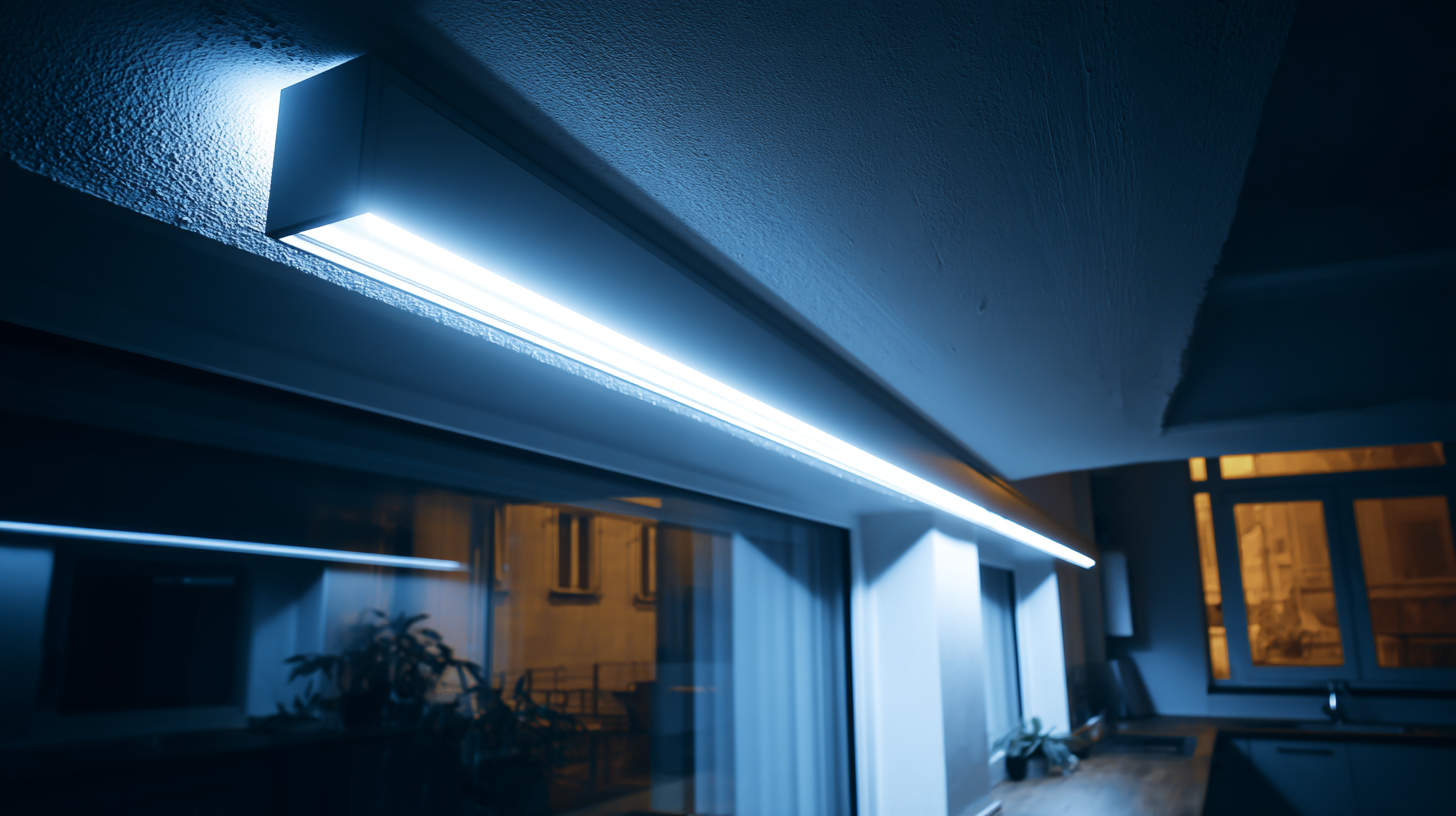
Furthermore, a study by the National Renewable Energy Laboratory highlights that transitioning to LED lighting can reduce energy use for indoor lighting by up to 75%. As interior spaces demand versatility and style, understanding the essential benefits of LED Track Lights will empower designers to create functional, energy-efficient environments that align with contemporary design trends.
Maximizing Space: How LED Track Lights Enhance Small Room Design
In modern interior design, especially in smaller spaces, maximizing functionality while maintaining aesthetic appeal is crucial. One effective solution is the use of LED track lights. These versatile lighting fixtures not only illuminate dark corners but also draw the eye upwards, creating an illusion of higher ceilings. By casting light across walls and ceilings, LED track lights can make a compact room feel more open and inviting, allowing residents to feel less confined within their space.
Moreover, the adjustable nature of track lights means that homeowners can tailor the lighting to suit different activities and moods. Whether it’s illuminating a cozy reading nook or highlighting artwork, the flexibility of LED track lighting allows for targeted illumination, which is essential in smaller areas where traditional lighting may fall short. This adaptability not only enhances the room's design but also contributes to a more dynamic living environment, ensuring that every inch of space is utilized effectively.
With their sleek design and energy efficiency, LED track lights are an indispensable tool for anyone looking to optimize small room design.
Energy Efficiency: The Cost-Effective Choice for Modern Interiors
When it comes to modern interior design, energy efficiency is a critical consideration, and LED track lights stand out as a cost-effective choice. These lighting solutions significantly reduce energy consumption compared to traditional incandescent bulbs, with estimates indicating that LED lights use up to 80% less energy. This efficiency not only translates to lower electricity bills but also contributes to a more sustainable living environment, aligning with the rising demand for environmentally friendly practices in home design. As the global focus shifts towards sustainability, incorporating LED lighting can be a savvy way to enhance interior space while decreasing one's carbon footprint.
Tips for integrating LED track lights effectively include planning your layout to highlight key design elements, such as artwork or architectural features, while ensuring even illumination across the space. Additionally, utilizing smart lighting systems can further enhance energy savings, allowing homeowners to control brightness and timing. With the home design market projected to see continued growth, adopting energy-efficient solutions not only adds aesthetic value but is also a smart investment that pays off in the long run.
Energy Efficiency Comparison of Lighting Options
Versatility Unleashed: Adapting LED Track Lighting to Various Styles
LED track lighting has become a significant player in modern interior design, offering unparalleled versatility that allows homeowners to adapt their lighting schemes to various styles. According to a recent industry report by the American Lighting Association, 68% of interior designers now recommend LED track lighting to their clients due to its flexibility and energy efficiency. This type of lighting can seamlessly transition from minimalist aesthetics to more ornate styles, making it an essential component of contemporary spaces.
One of the most compelling advantages of LED track lights is their adjustability. Users can easily change the direction and focus of the lighting to highlight artwork, architectural details, or specific areas within a room. For those looking to maximize the functionality of their track lighting, consider the following tip: Incorporate dimmable LED bulbs to create ambiance while retaining control over the brightness, allowing you to adapt to various moods and functions throughout the day.
Another benefit is the diverse range of fixtures available, enabling designers to incorporate track lighting in ways that complement the overall decor. From industrial chic to mid-century modern, there are styles that cater to every aesthetic preference. To enhance your design further, try mixing different types of bulbs in one track system. This technique not only increases visual interest but also provides different light temperatures, which can dramatically change the atmosphere of your space.
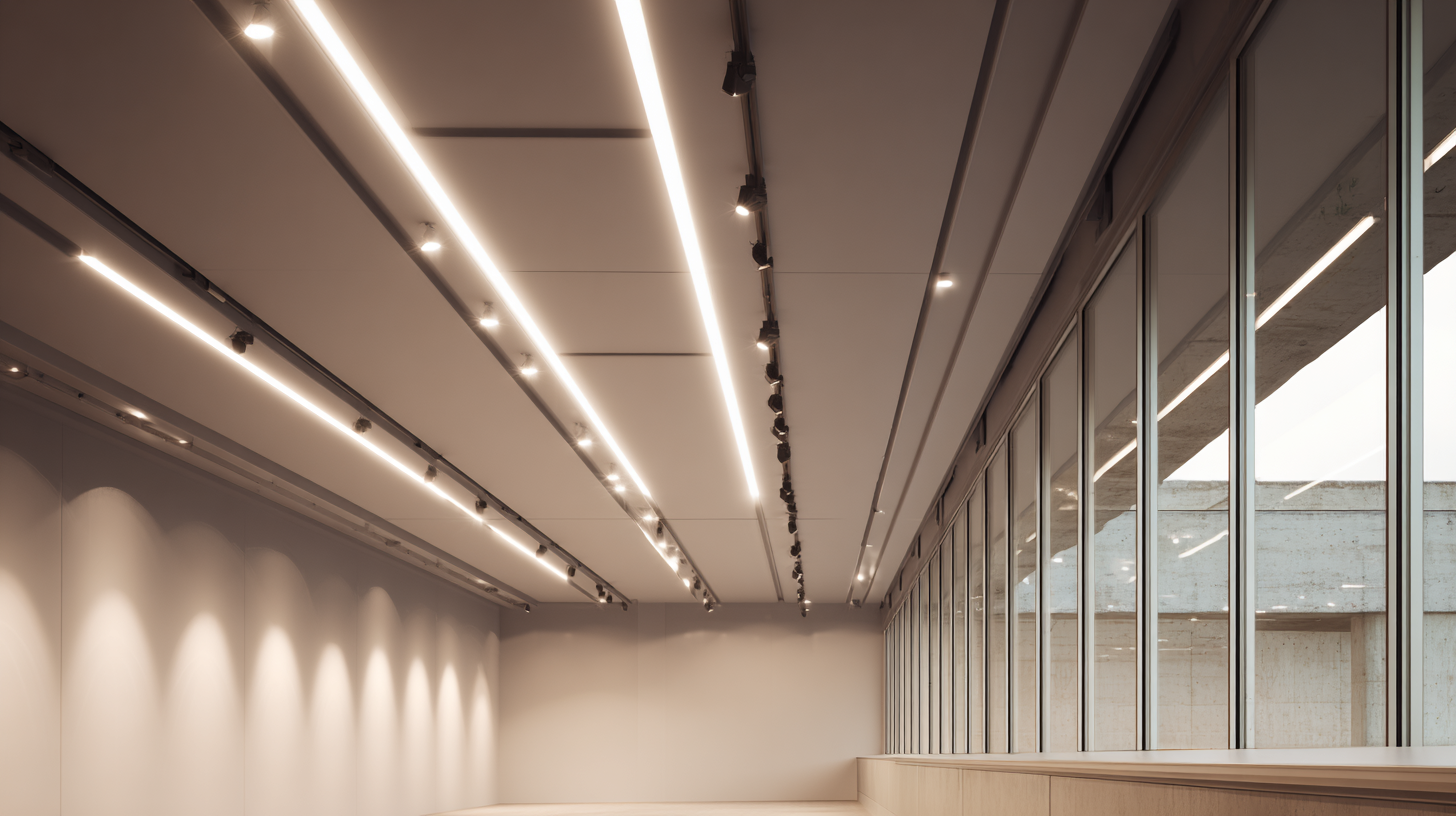
Highlighting Key Features: Using Track Lights to Accentuate Décor
Track lighting has emerged as a pivotal feature in modern interior design, primarily due to its versatility and ability to accentuate décor effectively. According to a 2022 report from the American Lighting Association, over 60% of interior designers now incorporate track lighting to create dynamic, engaging spaces. This lighting solution allows for adjustable fixtures that can be directed to highlight artwork, architectural features, or specific areas of interest, enhancing the overall aesthetic of a room.
Furthermore, track lighting fosters a sense of personal style and customization, which is highly valued in contemporary designs. A study from the National Association of Home Builders indicates that homes featuring track lighting receive an average 15% bump in perceived value. By embracing customizable lighting layouts, homeowners can create distinct ambiances that resonate with their unique tastes while complementing existing colors and materials in their interiors. The ability to change the configuration and direction of the lights not only adds functional benefits but also elevates the visual experience, making it an essential tool for modern designers aiming to leave a lasting impression.
Sustainability Matters: The Environmental Impact of LED Lighting Solutions
The advent of LED lighting solutions represents a significant advancement in sustainable practices across various sectors, including agriculture and transportation. In high-tech farming, especially in Controlled-Environment Agriculture (CEA), the use of horticultural LED lighting enables optimal growth conditions for crops like strawberries. Research indicates that utilizing LED lights can increase plant yield by 20-30% while reducing energy consumption by up to 75% compared to traditional lighting methods. This efficiency not only enhances productivity but also minimizes the carbon footprint of agricultural operations, aligning with global sustainability goals.
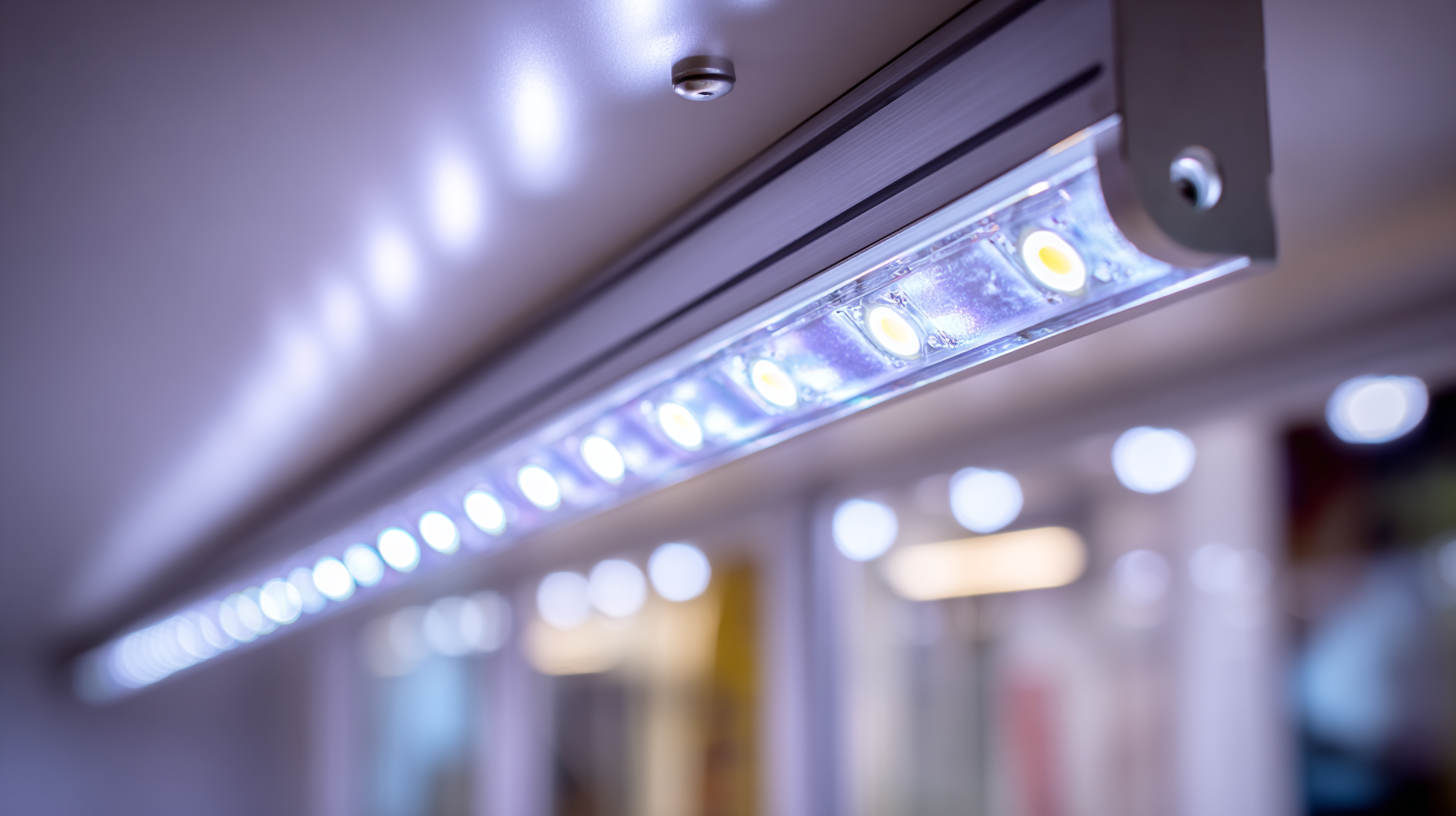
In the aviation sector, energy-efficient lighting is not just a luxury but a necessity. A report from the International Energy Agency (IEA) reveals that airports can reduce their lighting energy consumption by 30-50% by transitioning to modern LED technologies. This shift leads to significant cost savings and lowers greenhouse gas emissions, positioning airports as leaders in sustainable energy practices. Furthermore, such advancements contribute to enhanced passenger experience and safety, as well-lit environments improve visibility and operational efficiency.
Thus, both agriculture and aviation sectors illustrate the transformative impact of LED lighting on sustainability, making it a pivotal aspect of modern interior design and operational strategy.
Related Posts
-
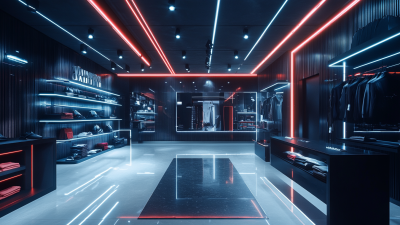
Unlocking the Power of Track Lights for Effective Product Displays
-

Discover the Ultimate Guide to Selecting the Best Track Lights for Your Space
-
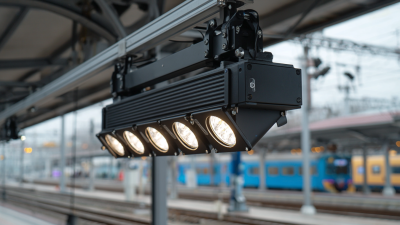
Solutions for Efficient Illumination with Best Led Track Light for Global Buyers
-
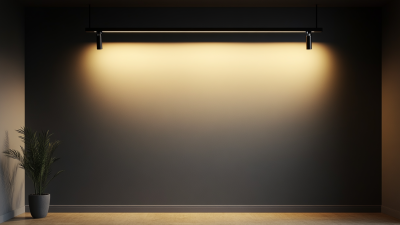
Discover the Essential Specification and Installation Guide for Track Lights
-
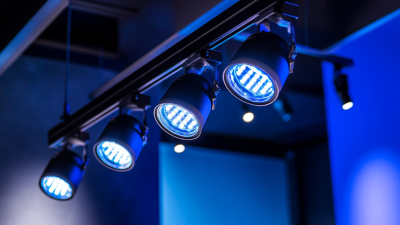
Unlocking Efficiency: Key Technical Specifications of LED Track Lights for Global Procurement
-
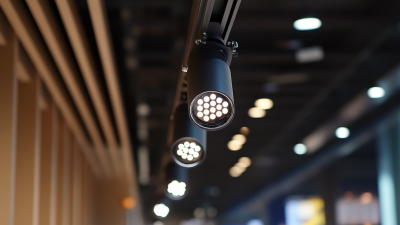
Top 10 LED Track Light Manufacturers from China at the 137th Canton Fair
